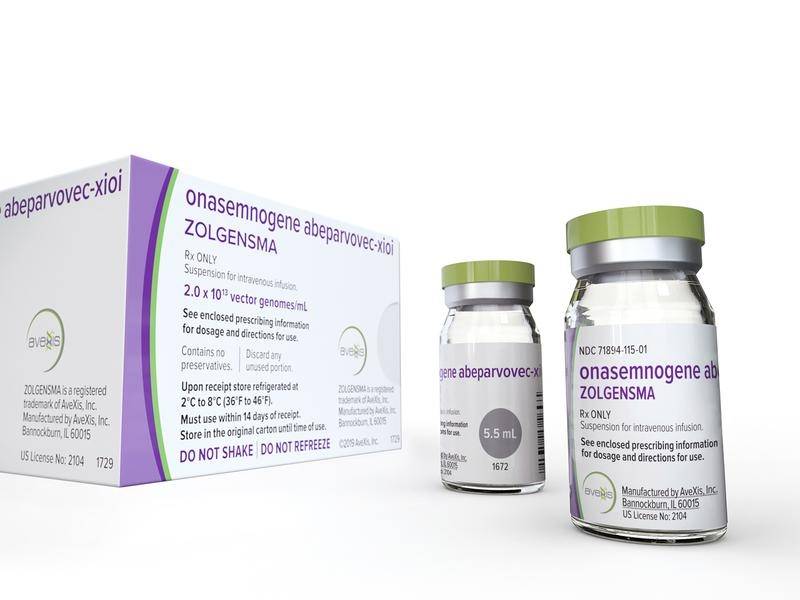Novartis closes on EU approval for SMA gene therapy Zolgensma

Novartis is on the final straight to approval of its spinal muscular atrophy (SMA) gene therapy Zolgensma in the EU, after getting a recommendation for approval from the CHMP.
The positive opinion gets Novartis’ marketing application for Zolgensma (onasemnogene abeparvovec) back on track after the company revealed last year that regulators in Europe and Japan had asked for more information on manufacturing of the gene therapy which delayed approval by some months.
At the time, Novartis’ AveXis unit – which developed Zolgensma – said the questions raised by the regulators weren’t related to a data manipulation scandal that emerged with the therapy last year, shortly after it was approved in the US. It was approved in Japan on 19 March.
The delay to its approval in Europe prompted Novartis to set up a managed access programme for some patients, which operated like a lottery and is expected to provide free access to the therapy for 100 patients, although it has come in for criticism as being an unfair way to determine access.
SMA is a rare and often fatal genetic disease that causes muscle weakness and progressive loss of movement. Approximately 550 to 600 infants are born with SMA in Europe each year.
Now, the CHMP has backed conditional approval of Zolgensma for babies and young children with SMA, which could lead to full EMA approval within the next couple of months.
Novartis says it will offer a ‘day one’ access programme to EU governments and reimbursement agencies “to enable immediate access” if the EMA gives it the nod.
The recommendation covers children with 5q SMA with a bi-allelic mutation in the SMN1 gene and a clinical diagnosis of SMA type 1; or patients with 5q SMA with a bi-allelic mutation in SMN1 and up to three copies of the SMN2 gene.
Zolgensma is the world’s most expensive drug, with a price tag of more than $2.1 million per one-shot intravenous infusion, which Novartis argues is justified given the lifelong benefits the therapy can bring.
The company says SMA costs EU healthcare systems between €2.5 million and €4 million within the first 10 years of life alone.
The data scandal doesn’t appear to have affected its uptake in the US – sales in 2019 reached $361 million, more than half of that total from the last quarter of the year alone.
The quick uptake has come despite the established presence on the market of Biogen’s Spinraza (nusinersen), an antisense drug given by injection into the spine, which became the first treatment option for SMA when it was approved in 2016 and reached $2.1 billion in sales last year.
GlobalData recently predicted however that Zolgensma will generate global sales of $2.5 billion by 2025, overtaking Spinraza and leading the SMA market.
The CHMP recommendation is another shot in the arm for Novartis’ gene therapy, coming shortly after it reported additional safety and efficacy data with intrathecal delivery of the gene therapy – i.e. delivery into the spinal column rather than intravenously.
Intrathecal administration is considered key to extending the use in therapy for children with milder forms of the disease who tend to exhibit symptoms later in childhood. Novartis also reported new data demonstrating long-term efficacy with Zolgensma, with patients showing benefits for up to five years after they were dosed with the therapy












